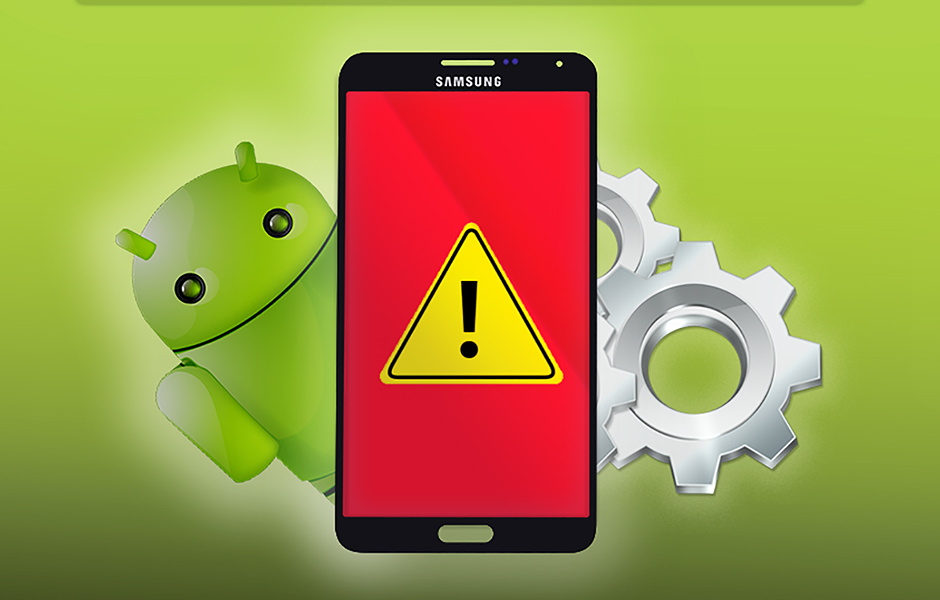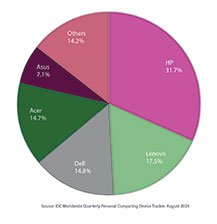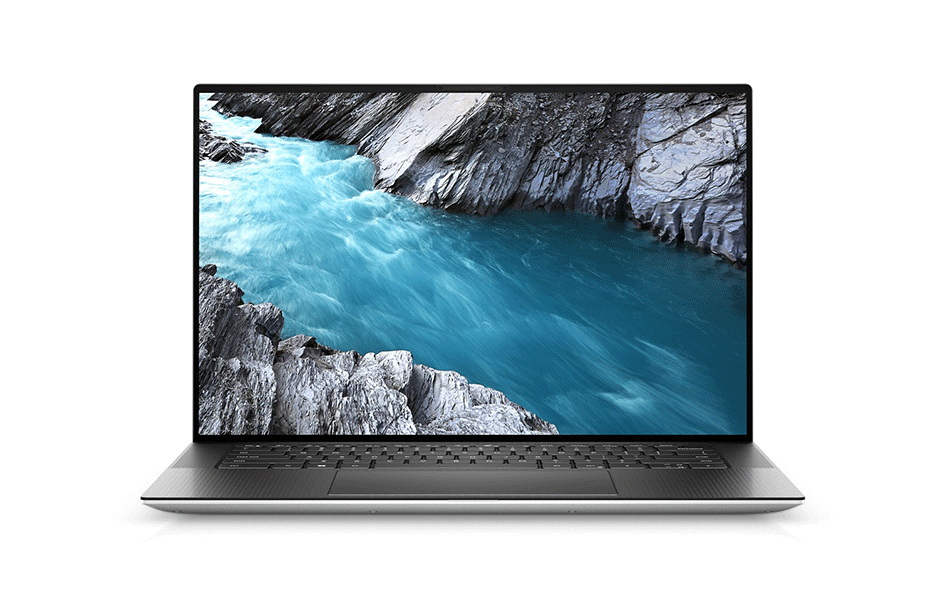Adware continues to be the most significant threat on Android devices: Avast
Digital Edge Bureau 19 Jun, 2021 0 comment(s)
Avast in its report says that adware continues to be the most significant threat on Android devices including phones and tablets in 2021
Avast, a leading player in the space of cyber security and privacy, has come out with a report that reveals that in 2021 adware continues to be the most significant threat on Android devices including phones and tablets – with 45 percent of mobile threats being adware in the first five months of the year. Fake apps came in second at 16 percent and banking Trojans third at 10 percent. Other types of malware include downloaders, spyware, and lockers ransomware.
Avast has seen two major types of adware – the traditional type, which are gaming, photo and other lifestyle applications that look appealing – to lure users into downloading them, and then they’re spammed with ads in and outside of the app. The other common type is called ad fraud. This adware starts malicious activities in the background once downloaded and shows out-of-context ads, ads in notifications or uses other aggressive advertising techniques. Sometimes, adware also serves ads with malicious content, which is why protection against adware is so important. In case of ad fraud, an encrypted file may be downloaded automatically along with the app, which then triggers clicks on ads without the users knowing or subscribes them to premium services.
Pernicious fake apps
The second most widely spread mobile threat fake apps that pose to be quite useful such as a trustworthy Covid-19 tracing app. But, in reality it carries functionality to spy on the users – by exposing them to adware or other malicious activity.
Banking Trojans or Bankers operate in a stealth manner in order to gain the trust of users downloading the app and to steal their banking data. Banking Trojans disguise themselves as genuine apps to access the banking details of unsuspecting users and trick them into giving up their bank account details by posing as a legitimate banking application and mimicking the login screen or supplying a generic login screen with the respective bank’s logo.
“Nowadays, especially since the pandemic hit, our smartphones and devices are our daily companions, and it can be a true annoyance or even severe security risk if a phone and the data on it is exposed to mobile malware”, said Ondrej David, Mobile Threat Analyst at Avast. “Mobile malware, and adware in particular, often comes in the form of a gaming or entertainment app that seems harmless, but what users are unaware of is that their device is doing malicious activities in the background” adds David.
How to prevent mobile malware?
- Only download apps from official app stores, like Google Play, as they have security measures in place to check apps before developers upload them, or directly from the app’s official website for extra insurance.
- Check app ratings as adware apps have many 5-star- and 1-star reviews. The reviews often cite low functionality and/or excessive ads or are overly enthusiastic and positive.
- Carefully review the permissions an app requests before downloading an app; if an app requests access to data that it doesn’t need to function, consider this a warning sign.
- Use a strong antivirus solution on your phone to identify and stop any attempted attacks.






























































